- Your cart is empty
- Continue Shopping
Jeshthamadh Powder
₹120 ₹200 Save 40%
Offers
Use code
BDAY
Flat 61% Off, Your Birthday Special
Use code
GET40
Flat 40% Off on order above Rs. 1000
Use code
GET50
Flat 50% Off on order above Rs. 3000
Use code
GET60
Flat 60% Off on order above Rs. 6000
Description
#imhealthynz Stories of our customers
Natural Fat Burning Formula
Akanksha Rai
Nutrition & Lifestyle Coach
One Brand We Can Trust Blindly
Rohan Wekhande
Founder of Tribe Media
Personalized according to your need.
Shubham Tanpure
Fitness Coach & Wrestler
Made In India. That Meets World Standards.
Vikas Damare
International Powerlifter & Health Coach
Energy, Stamina, Strength!
Balbir Singh
70 years old
No Bloating, No Side Effects.
Namrata Wekhande
Fitness Enthusiast & Corporate Profesional
They Say, It Means!
Sachin Vyas
Verified by experts, true result & recovery
Amit Londhe
Produce of India: In India Jeshthamadh (licorice) is cultivated in Panjab and sub Himalayan tracts. The short herb grows all through the year and is commonly spotted in temperate zones.
History: Jeshthamadh (licorice) may be one of the modern world’s most popular confections, so it may not be surprising that it boasts a deliciously ancient history. From China, this medicinal root spread to India, Africa, and Europe. Legend holds that even Brahma, the Hindu god of creation, affirmed its beneficent nature. In Ayurveda and has been mentioned in old ayurvedic scriptures for curing many ailments. Ancient Assyrians and Egyptians also thought licorice was good medicine
Jeshthamadh uses are common in ayurvedic, traditional and alternative medicine due to its healing properties. Several Ayurvedic scriptures have mentioned its medicinal properties like varna (improves skin complexion), kanthaya (improves voice quality), good for eyes, jeevanaya (promotes long life), and sandhanaya (healing of a fracture or wound healing).
Active Ingredient: The active ingredient of jeshta madh is glycyrrhizin. It has powerful adaptogenic, sedative, alexiteric, synergistic properties.
- In the Morning Or at Night.
- 3 gm Jeshthmadh Powder with warm water or warm milk or honey.
Q. Can you use Jeshtha Madh as a sweetener?
A. The main constituent glycyrrhizin in Jeshthamadh roots is 50 times sweeter than sucrose. Therefore it can very well be used as a sweetener.
Q. How to use Jeshthamadh powder?
A. Have Jeshthamadh powder along with honey, it is beneficial in alleviating anemia. Consuming Jeshthamadh by mixing it with cow's milk, promotes lactation. Mixing 10 g Jeshthamadh powder with honey followed by intake of milk improves brain activity. Apply warm ghee mixed with liquorice on wounds, bruises and burns.


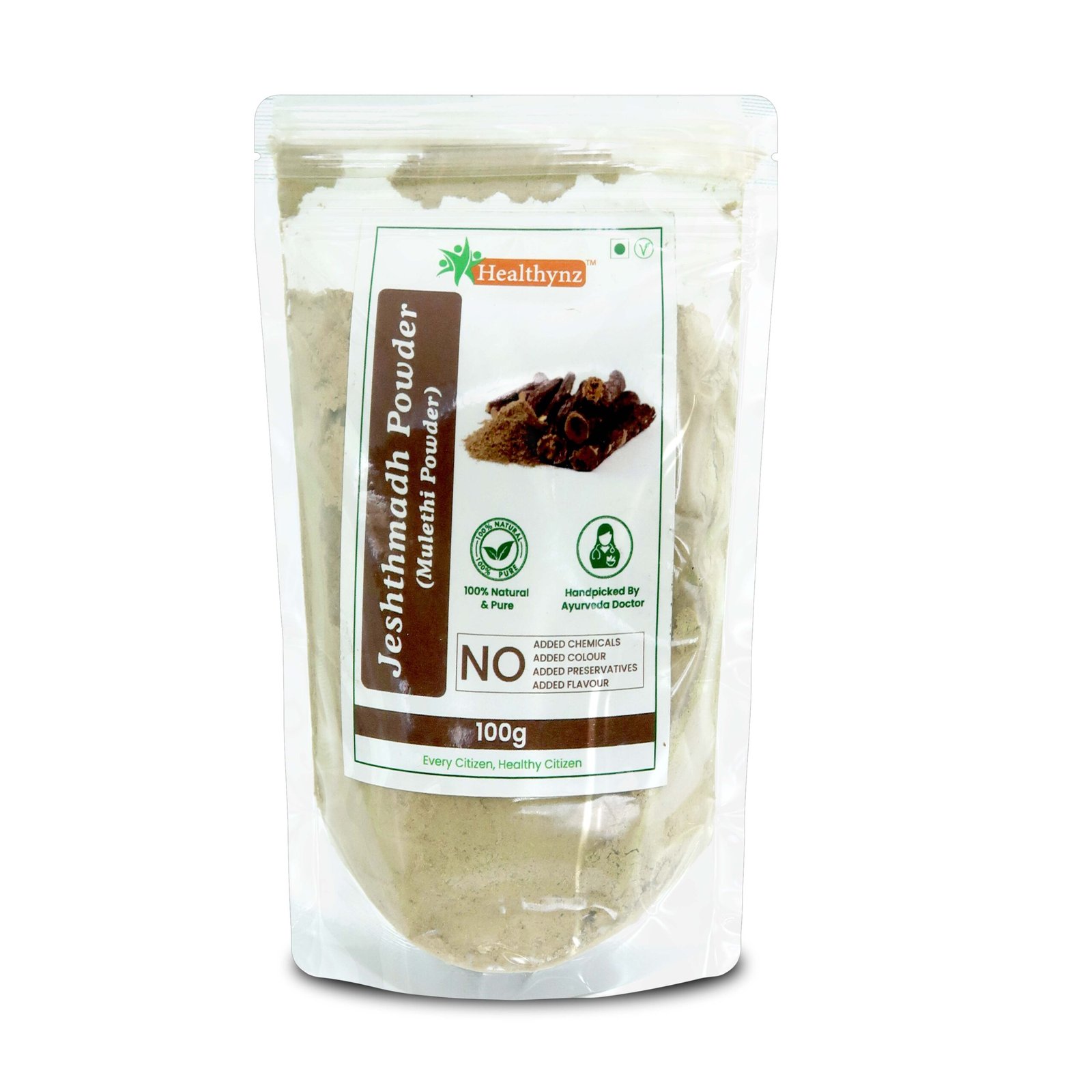





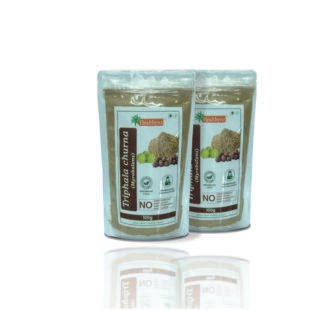
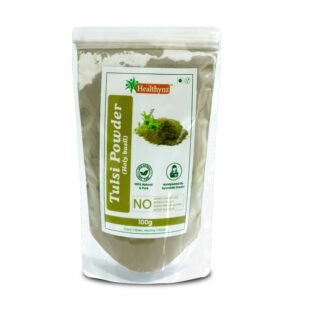
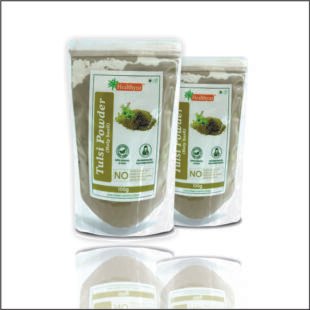
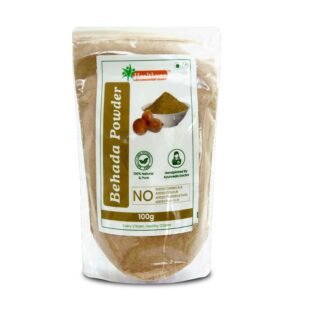
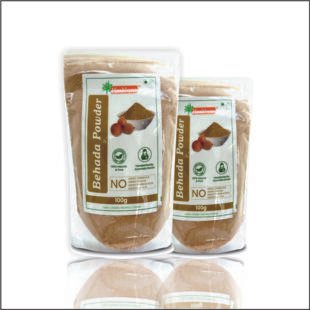

There are no reviews yet.